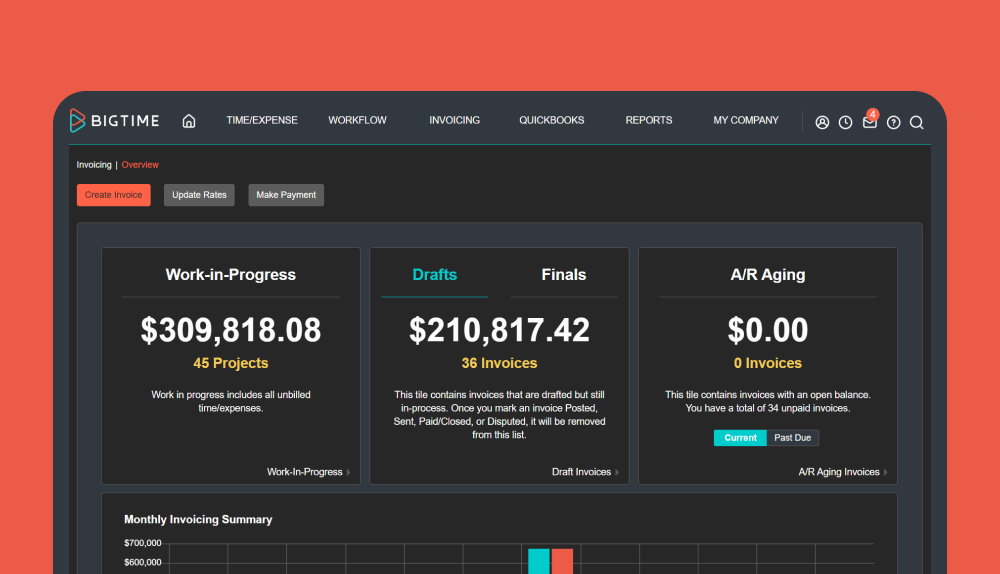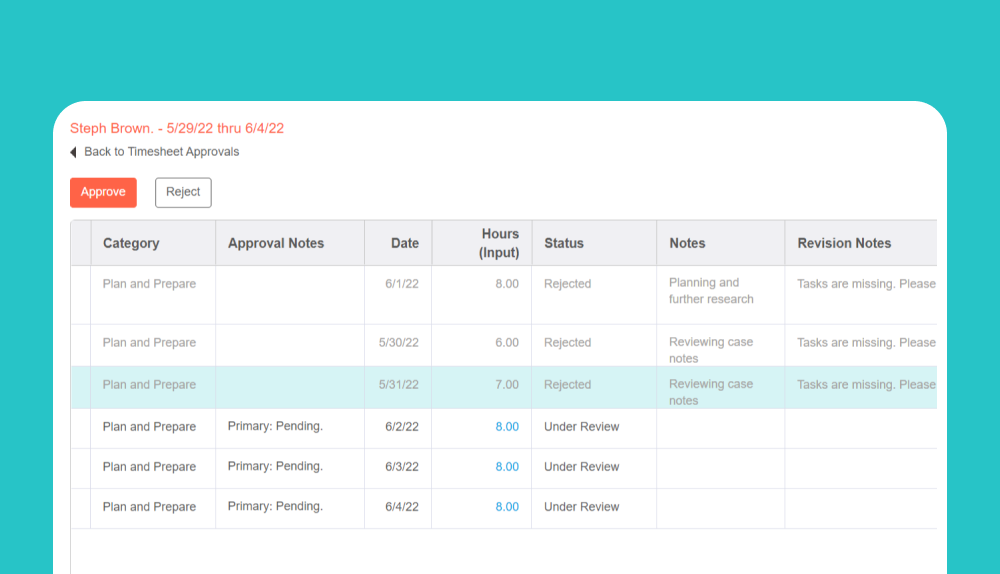
As the head of an organization or a project manager, one of the challenges you are most likely to come across are those bordering on adequate resource management and dedication to tasks. You must find the most profitable compromise between billable time, budget, and available workforce. To hit this sweet spot, you must consider several metrics like lead generation and customer satisfaction and make expert deductions.
Project managers who do not measure the essentials and make gut decisions are almost guaranteed to fail as resources are not fully utilized. While extensive experience can come in handy in resource allocation, expert project managers understand that using management tools like BigTime is the first step toward success. This article will examine why utilization calculation is essential and how it can help your decision-making process easier to manage professional tasks.
What Is Utilization Rate?
In simple terms, the utilization rate is the portion of an employee’s total working hours that is productive. As a project manager, you must have come to terms with the fact that the total working hours of an employee do not go all into creating a client’s desired output. Multiple processes lead up to actually doing the work. You hold meetings to evaluate the project, take lunch breaks between tasks or even train to acquire the necessary skills required for the job.
All these processes are necessary and contribute to the final output’s overall quality. Suppose the utilization rate is very high; in that case, it means you are not pulling enough resources into the work and possibly emphasizing profitability over customer satisfaction. There needs to be a balance in capacity utilization calculator usage and resource allocation.
Why Is the Calculation of Utilization Rate Important?
As a project manager, it is your job to know how your organization’s resources are being used, especially if you bill clients per hour. Utilization percentage calculation helps you carefully evaluate internal resources allocation per project and check if the amount charged is profitable to the business.
As your company receives more jobs, you may find that the utilization rate across projects differs as one approach method may not be efficient for all job types. Calculating utilization rates helps you analyze the individual approaches to job execution methods and optimize them until they are efficient.
How to Calculate Utilization Percentage
Utilization percentage can be calculated by dividing total productive hours by total available hours, then multiplied by 100. If an employee’s productive and billable time in a 40-hour week is 26 hours, the employee utilization rate is 65% (26 / 40 * 100). Depending on what you want to look out for and evaluate, you can calculate the utilization rate in several ways. BigTime makes it easier to analyze the metric of your choice, from organizational health to pricing.
The utilization rate of each employee is essential in calculating your firm’s. To do this, add up each employee’s utilization percentage and divide by the total number of employees in your organization.
Some companies go a step further to analyze their average utilization rate. This helps employers understand the daily productivity rate of their organizations. The average utilization formula is the utilization rate at the firm level divided by the number of days it is open for business.
What Is a Good Employee Utilization Rate?
IYou may be asking yourself ‘what is a good employee utilization rate‘? f you don’t know better, you may constantly strive toward the 100% utilization rate mark. However, a “perfect” utilization percentage suggests that employees are overworked and may have little to no job satisfaction. What if the utilization rate is above 100%? Then your organization is guilty of poor resource allocation, management, and planning.
If the disparity between productivity and availability is high, there is a problem. Let’s consider a utilization rate example of 10%. Your employees are productive only 10% of the time, which means the company’s workflow may be inefficient or there aren’t enough clients.
But then, what is the ideal employee utilization rate? In all honesty, there is none. The utilization rate depends on the company and the mode of operation. Most businesses aim for utilization rates around 80%, but it doesn’t have to be yours. You have to factor in the demands of clients and the nature of the job.
If you are in a dilemma on what to aim for, use the ideal utilization rate formula. It is the sum of cost and profit divided by the product of potential capacity and billable rate. Multiply by 100 to get an answer in percentage.
Create an employee utilization report using a time tracking tool like BigTime to have a real-time view of your operations’ fault(s) and how your employees are currently performing. Then, compare with the calculated ideal utilization rate and optimize faulty channels accordingly.
Transform Your Firm’s Resource Management With BigTime
The price for poor resource allocation and management and utilization rate is getting costlier for businesses by the day, from hiring costs to clients dissatisfaction and contract termination. BigTime allows project managers to handle communication, resource management, and invoicing financials within the same comprehensive platform. Request a demo to learn more today!




